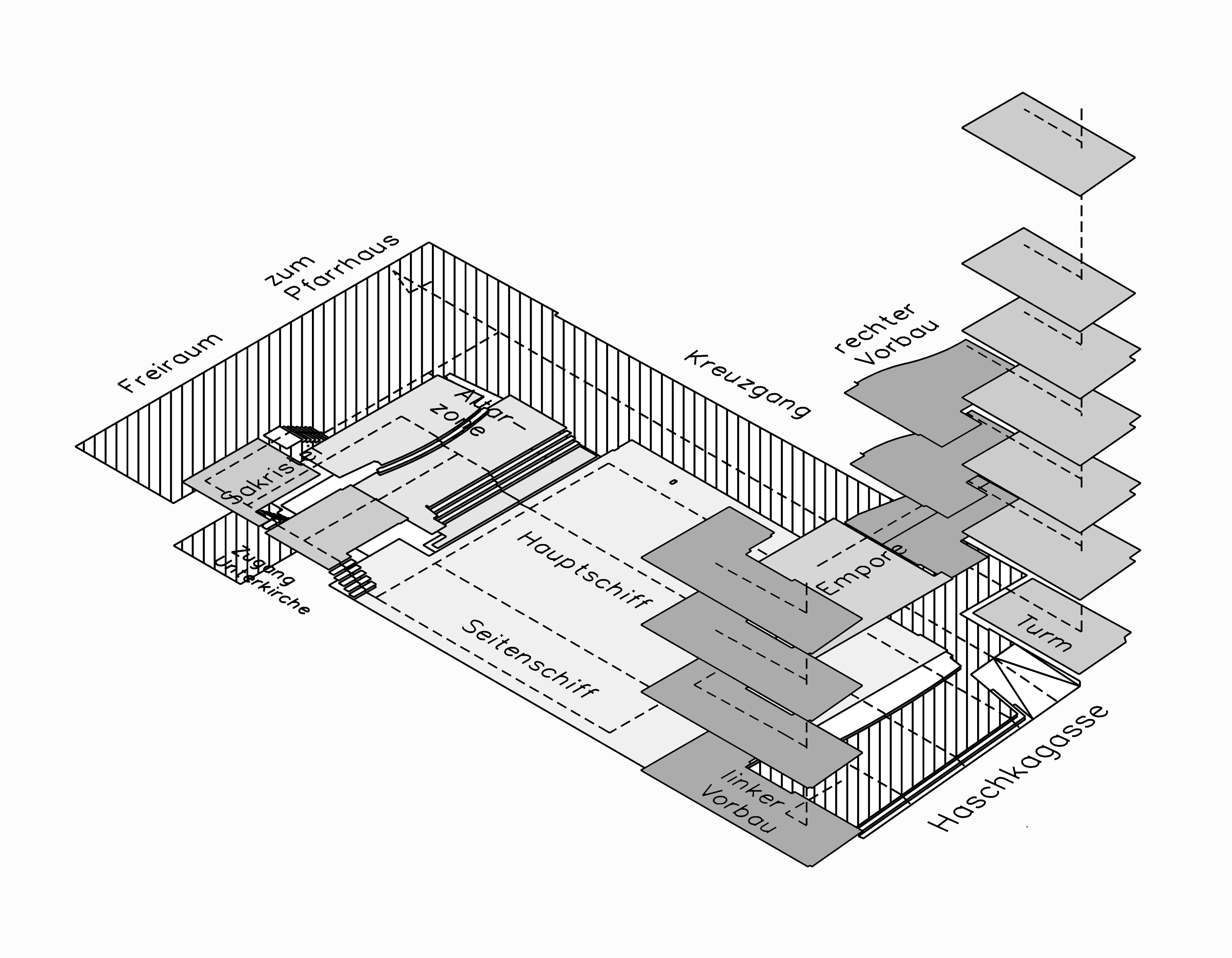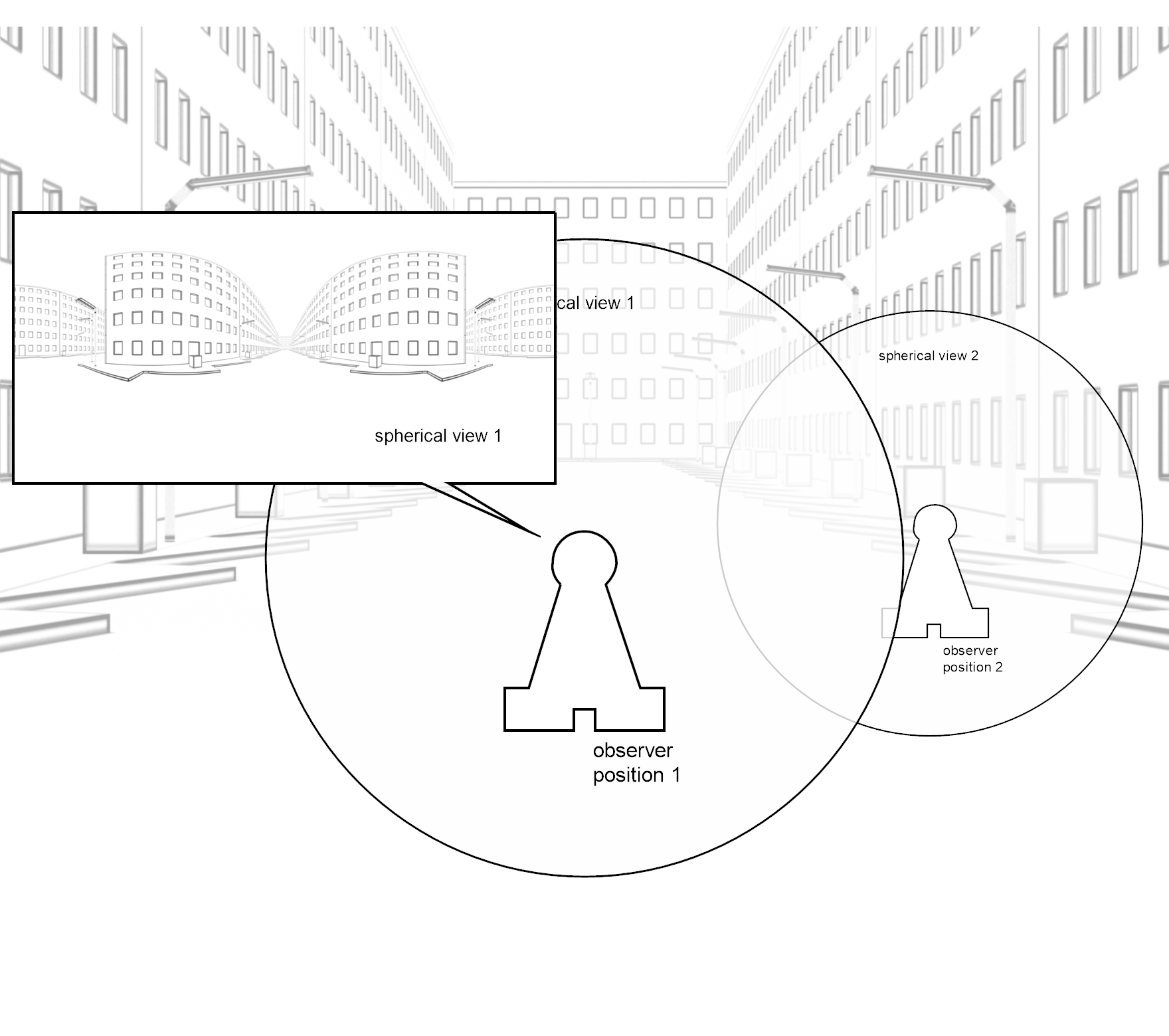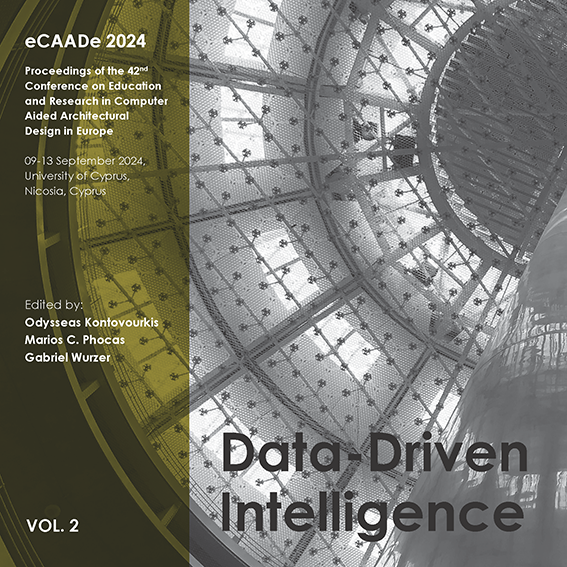2.2.5 Characteristics - A Fractal Depends on Starting Conditions
Little differences with regard to the starting conditions may cause great differences in the results. The reason for that lies in the circumstance that for fractal structures always the same rules are repeatedly applied.
Chaos and fractals: In connection with certain non-linear systems the word "chaos" does not mean disorder or confusion - because in this chaos there exists some order and regularity and it can also be controlled in some way -, but the irregular not foreseeable development in time of such systems. Chaotically systems can be represented by fractals, which also means that they have the same characteristics. One characteristic is the dependence on and sensitivity of changing the starting values and conditions, another is self-similarity. In chaotic systems even small changes of the starting values result in great differences in the end. This phenomenon has been called the “butterfly-effect”[01].
In chaotic systems natural laws truly exist but the development of the system cannot be forecast, therefore the phenomenon is called the “determined chaos”[02].
The behavior of a system can be analyzed by repeating the experiment with the same starting values, under the same conditions so that the same results may be found. This leads us to the principle of causality. If the same causes have the same effects this is called a "weak" causality. But mostly it is only possible to get similar starting conditions and not the same ones, which leads to a "strong" causality - similar cause lead to similar effects. The weather model by Lorenz is no such system - in this case similar causes have different effects. Such systems had been regarded as exceptions, but meanwhile they seem to be the normal case[03].
Up to now mathematicians and physicists have found out that the "butterfly effect" exists almost everywhere and that a "strong" causality can only be found at the beginning. The world is balanced between total order, with simple laws, and total disorder. If architecture can be seen as a mirror of time and society, this new knowledge has to be translated into buildings and city planning.









